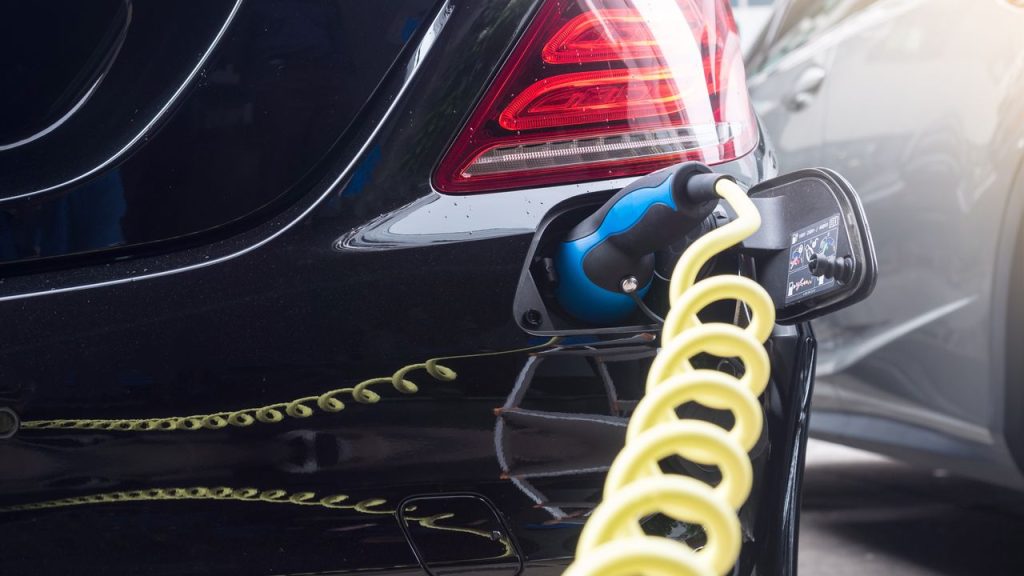Electric Cars in the Commercial and Fleet Sector: Benefits and Strategies for Fleet Electrification
The transportation industry is undergoing a major shift towards sustainable and eco-friendly solutions. Electric cars have emerged as a viable alternative to traditional combustion engine vehicles, and their adoption has been on the rise in recent years. While electric cars have gained popularity in the consumer market, their adoption in the commercial and fleet sector has been slower. However, with the increasing need for sustainable transportation solutions, electric cars are becoming an attractive option for fleet managers. In this blog post, we will discuss the benefits of fleet electrification and strategies for electric fleet adoption.
Fleet Electrification Benefits
Fleet electrification offers several benefits for businesses. Here are some of the key advantages of electric fleet adoption:
1. Cost Savings: Electric cars have a lower total cost of ownership compared to traditional combustion engine vehicles. Electric cars have lower maintenance costs, and the cost of electricity is significantly lower than the cost of gasoline or diesel fuel. This translates to significant cost savings for businesses.
2. Environmental Sustainability: Electric cars produce zero emissions, making them an eco-friendly transportation solution. Fleet electrification can help businesses reduce their carbon footprint and contribute to a cleaner environment.
3. Improved Brand Image: Adopting electric cars can help businesses improve their brand image and reputation. Consumers are increasingly conscious of the environmental impact of their purchases, and businesses that prioritize sustainability are likely to attract more customers.
4. Regulatory Compliance: Many countries and cities are implementing regulations to reduce emissions from transportation. Adopting electric cars can help businesses comply with these regulations and avoid penalties.
Fleet Electrification Strategies
Fleet electrification requires careful planning and execution. Here are some strategies that businesses can use to successfully adopt electric fleets:
1. Conduct a Fleet Analysis: Before adopting electric cars, businesses should conduct a thorough analysis of their fleet operations. This analysis should include factors such as vehicle usage, routes, and charging infrastructure requirements.
2. Develop a Fleet Electrification Plan: Based on the fleet analysis, businesses should develop a comprehensive fleet electrification plan. This plan should include the number of electric cars to be adopted, the charging infrastructure requirements, and the timeline for adoption.
3. Identify Funding Sources: Electric cars can be more expensive than traditional combustion engine vehicles. Businesses should identify funding sources such as grants, subsidies, and tax incentives to offset the cost of electric fleet adoption.
4. Develop a Charging Infrastructure Plan: Electric cars require charging infrastructure, and businesses should develop a plan for installing and maintaining this infrastructure. This plan should include the location of charging stations, the type of charging equipment, and the cost of installation and maintenance.
5. Train Employees: Electric cars require different driving and maintenance techniques compared to traditional combustion engine vehicles. Businesses should provide training to their employees on how to operate and maintain electric cars.
Conclusion
Electric cars are becoming an attractive option for fleet managers who are looking for sustainable and cost-effective transportation solutions. Fleet electrification offers several benefits, including cost savings, environmental sustainability, improved brand image, and regulatory compliance. To successfully adopt electric fleets, businesses should conduct a fleet analysis, develop a comprehensive fleet electrification plan, identify funding sources, develop a charging infrastructure plan, and train their employees. With careful planning and execution, businesses can successfully transition to electric fleets and reap the benefits of sustainable transportation.


